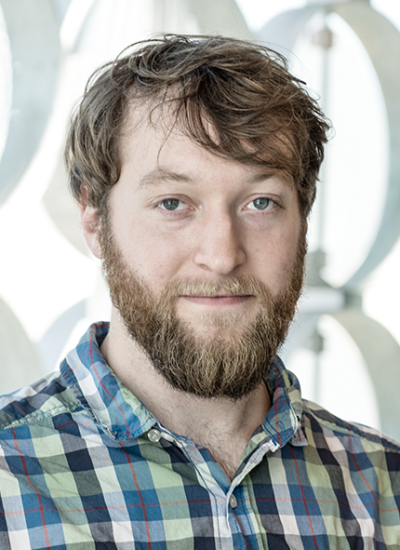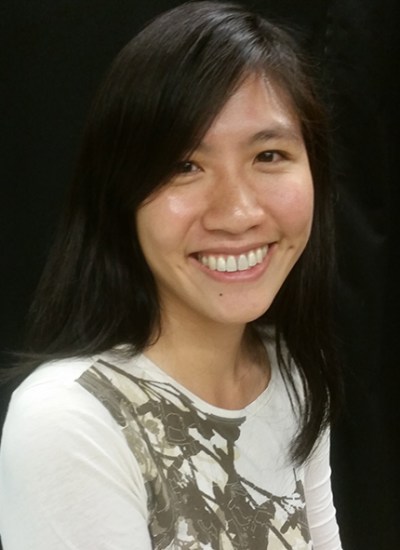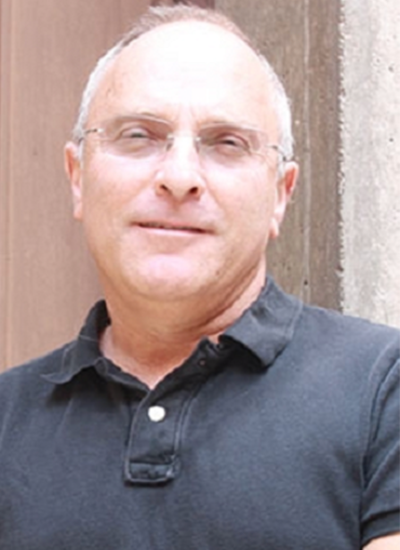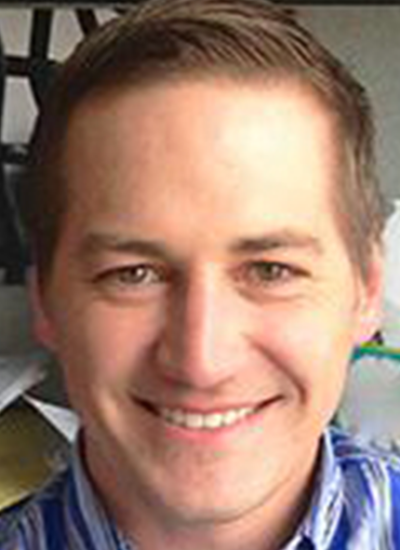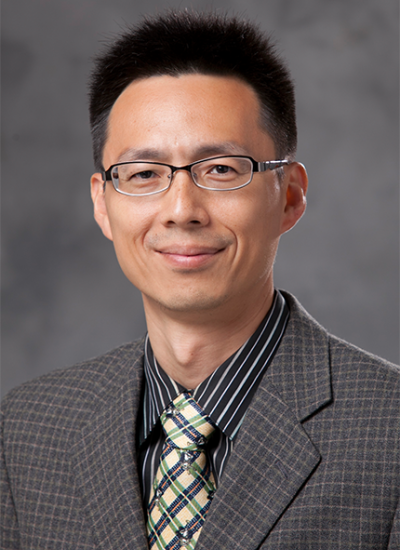Physics
Assistant Professor, Biomedical Engineering
Assistant Professor, Electrical and Computer Engineering
Assistant Professor, BIO5 Institute
Craig M Berge Faculty Fellow
Member of the Graduate Faculty
Primary Department
Department Affiliations
Contact
Joseph C Watkins
Director, Data Science Academy
Professor, Mathematics
Professor, Public Health
Professor, Applied Mathematics - GIDP
Professor, Genetics - GIDP
Professor, Statistics-GIDP
Professor, BIO5 Institute
Member of the General Faculty
Member of the Graduate Faculty
Primary Department
Department Affiliations
Contact
(520) 621-5245
Research Interest
Judith Su
Assistant Professor, Biomedical Engineering
Assistant Professor, Optical Sciences
Assistant Research Scientist, Chemistry and Biochemistry
Assistant Professor, BIO5 Institute
Primary Department
Department Affiliations
Contact
(520) 621-4240
Research Interest
Steven D Schwartz
Professor, Chemistry and Biochemistry-Sci
Professor, Applied Mathematics - GIDP
Regents Professor
Professor, BIO5 Institute
Primary Department
Department Affiliations
Contact
(520) 621-6363
Research Interest
Jeanne E Pemberton
Professor, Chemistry and Biochemistry-Sci
Regents Professor
Professor, BIO5 Institute
Primary Department
Department Affiliations
Contact
(520) 621-8245
Research Interest
Matthew A Kupinski
Professor, Optical Sciences
Professor, Radiology
Professor, Applied Mathematics - GIDP
Professor, BIO5 Institute
Primary Department
Department Affiliations
Contact
(520) 621-2967
Work Summary
Matthew Kupinski works in diverse areas of imaging including x-ray, gamma-ray, diffuse optical, magnetic resonance, and neutron imaging.
Research Interest
Raymond K Kostuk
Professor, Electrical and Computer Engineering
Professor, Optical Sciences
Primary Department
Department Affiliations
Contact
(520) 621-6172
Work Summary
Raymond Kostuk's research is focused on Optical imaging and systems, photovoltaic devices and systems, holography, electro-optics, and fiber optic systems
Research Interest
Mohammed Hassan
Assistant Professor, Physics
Assistant Professor, Optical Sciences
Assistant Professor, BIO5 Institute
Primary Department
Department Affiliations
Contact
(520) 621-6820
Research Interest
Nan-kuei Chen
Associate Professor, Biomedical Engineering
Associate Professor, BIO5 Institute
Primary Department
Department Affiliations
Contact
(520) 626-0060
Research Interest
Michael F Brown
Professor, Chemistry and Biochemistry-Sci
Professor, Applied Mathematics - GIDP
Professor, BIO5 Institute
Member of the General Faculty
Member of the Graduate Faculty
Primary Department
Department Affiliations
Contact
(520) 621-2163


